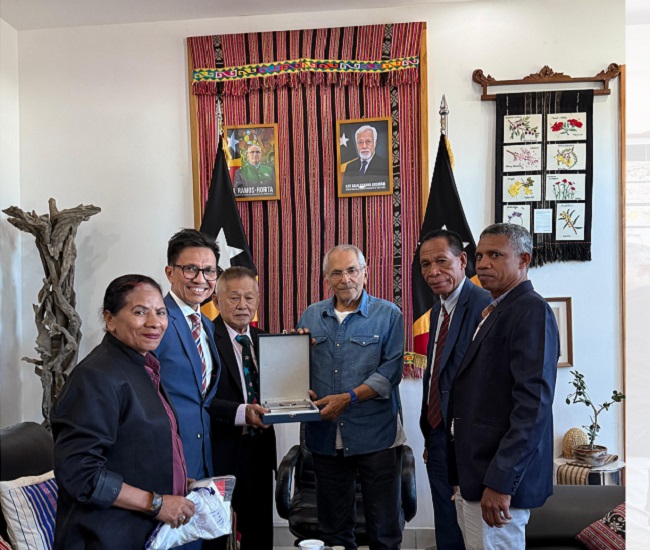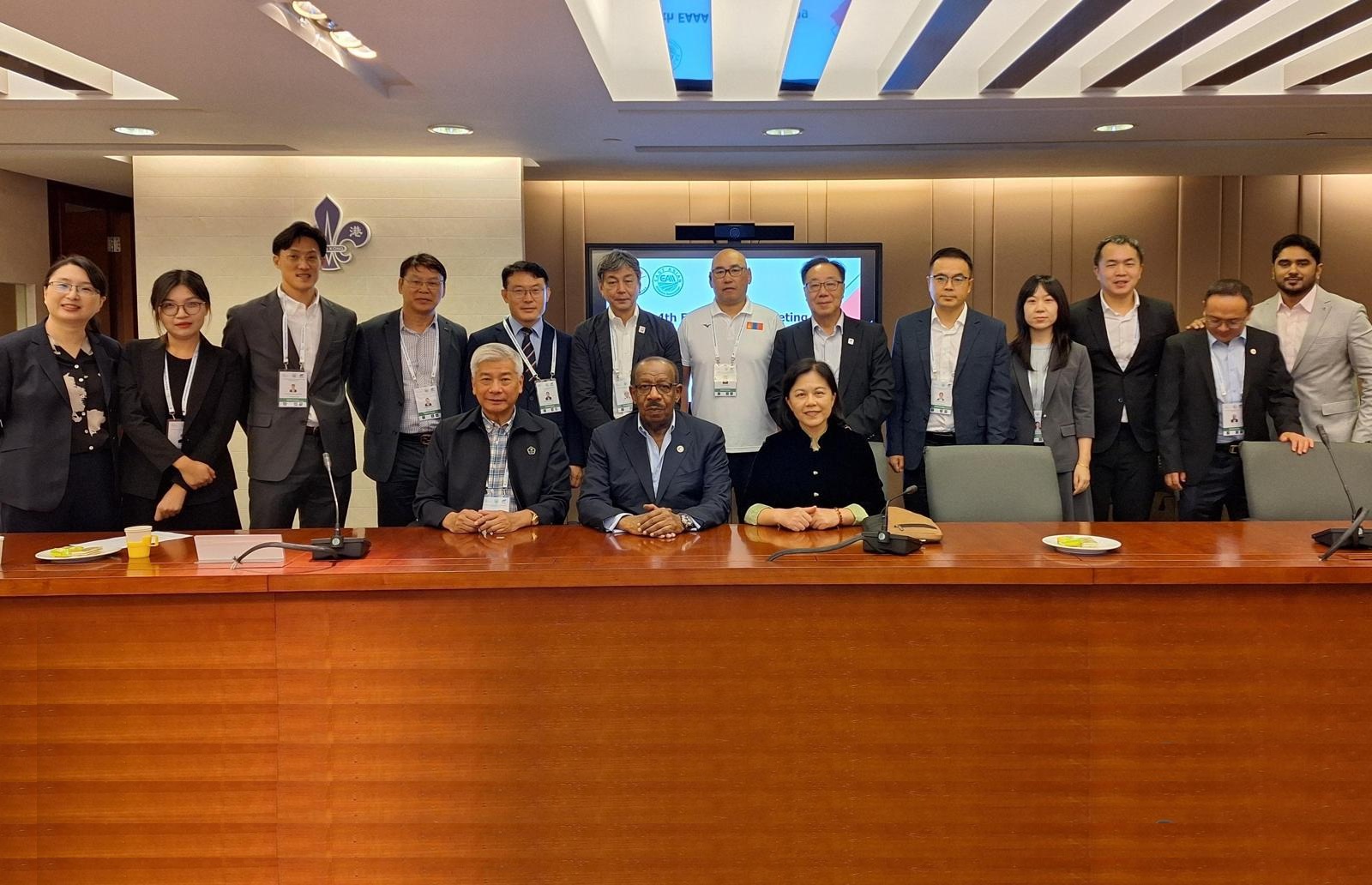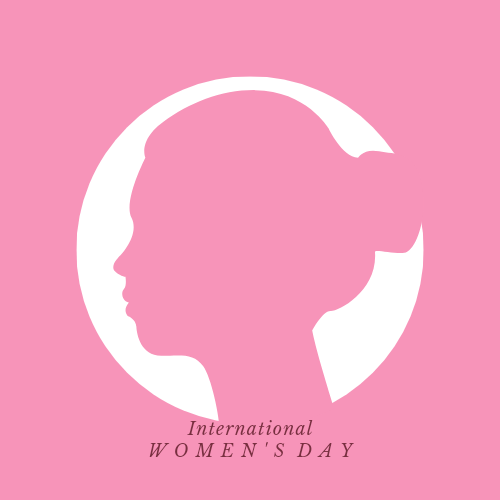
Asian women in the global athletics arena
Every year March 8 is celebrated as International Women’s Day. On this occasion, we would like to bring you the emergence of sporting excellence among Asian women on the global stage, especially in track and field athletics. Japan, a pioneer in Asian sports for the past several decades, was a forerunner in inducting the women’s competitions in their national championships way back in 1925. It paved way for a lone athlete from Japan to take part in the Women’s World Games held in Gothenburg the following year.
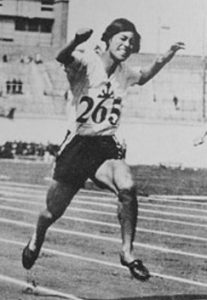
Kinue Hitomi emerged as a star of the 1926 edition by garnering 2 gold, 1 silver and 1 bronze medals. She dominated the long jump in both standing (2.49 m) and running (5.50 m) positions that brought Asia its first-ever global title. She added 40 cm to the running long jump to defend her title four years later. Her 1930 sojourn in Prague also got her silver in the pentathlon, besides winning two bronze medals through 60m and javelin throw. In between, this multi-talented young woman also won the “Olympic” silver in Amsterdam-1928, clocking 2:17.6 in the 800m.
The inaugural Asian Games was held in Delhi in 1951 where athletes from hosts India joined the Japanese women in their sporting encounter. The women athletes from South East Asian countries, especially those from Malaysia, the Philippines and Singapore made their appearance thereafter. From another part of the continent, Iran and the two Koreas regularly sent their representatives to take part in the women’s competitions.
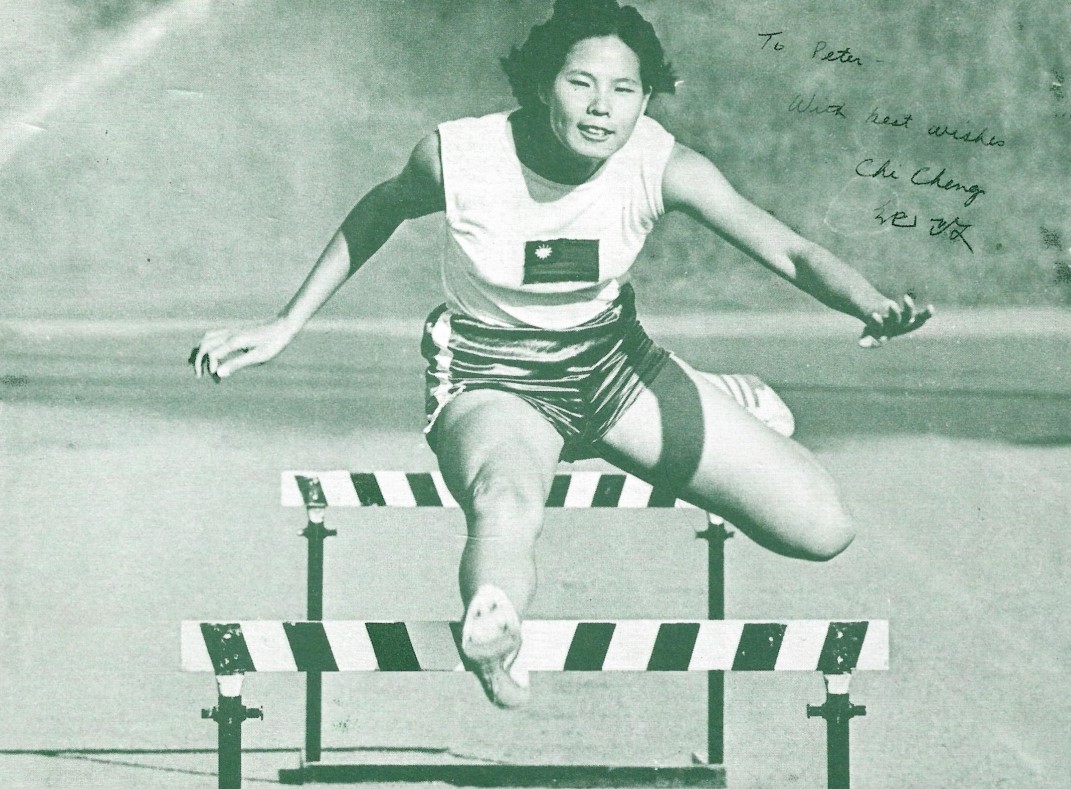
Chi Cheng, an athlete from Taiwan (now Chinese Taipei), took advantage of her student days in the United States to receive specialized training and started excelling in the sprints, hurdles and jumping events in the 1970s. Although Japan dominated the inaugural Asian championships in Marikina in 1973, it was Amelita Alanes from the hosts Philippines who won the fastest woman title by taking the 100m gold in 11.6 secs, a tradition Lydia de Vega continued a decade later.
The 1980s witnessed the emergence of Indian women athletes like sprinter P.T. Usha, hurdler M.D. Valsamma, distance runner Geeta Zutshi and long jumper Mercy Kuttan. In the next decades, Shiny Wilson, Jyotirmoyee Sikdar, Mayookha Johny and Anju Bobby George painted the country’s supremacy in the Asian scene. Usha barely missed a medal in the Los Angeles Olympics in 1984 while Anju was lucky to get a bronze in the World Championships in the long jump in 2003.
The popularity of distance running in Japan prompted the introduction of an international marathon, especially for the ladies, in the 1980s at Nagoya. However, the Chinese revolution in the 1990s took the sheen away from Japan as some of their finest distance runners trained by coach Ma Junren have started breaking world records. Wang Junxia stood out among them. In 1993, she set world records in 3000m and 10,000m events. The previous year, she won the world junior title in the latter event.
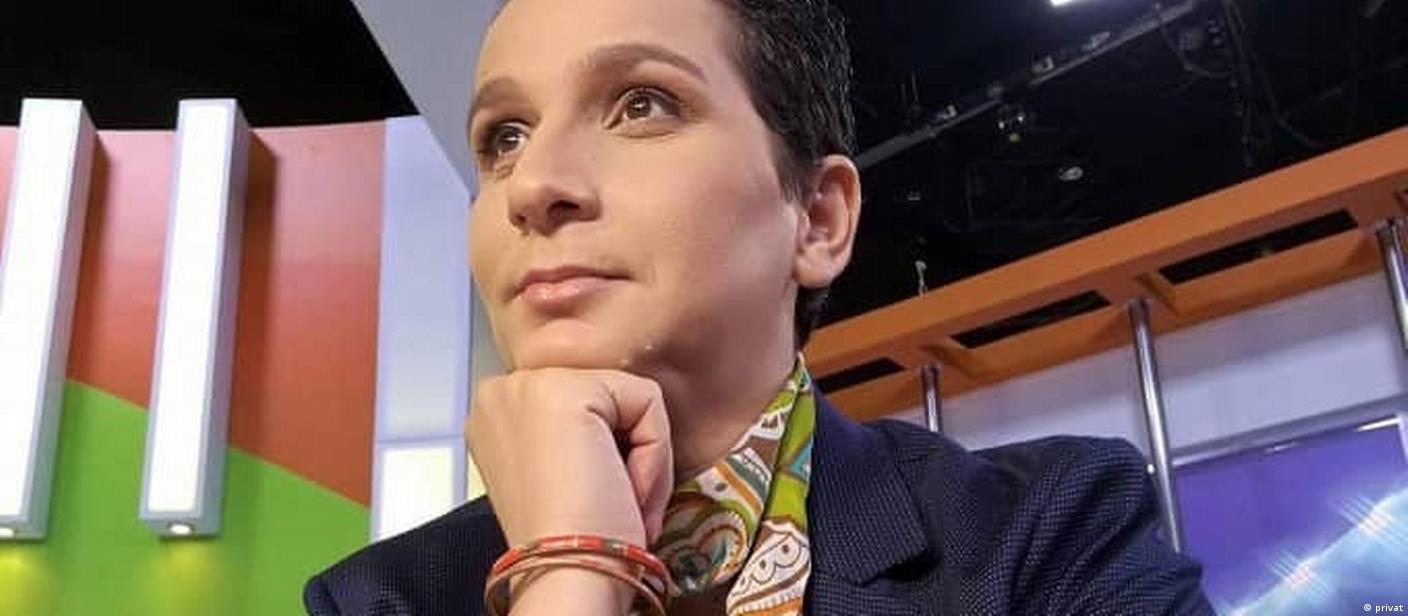
Athletes from different terrains started proving their mettle when the new millennium arrived. Sri Lankan sprinter Susanthika Jayasinghe won a silver medal in 200m in Sydney-2000. In her favourite event, she had two world championship medals ten years apart with a silver in 1997 and a bronze in 2007. Earlier, Syrian combined event specialist Ghada Shouaa took heptathlon gold in the 1995 Worlds in Gothenburg and the 1996 Olympic Games in Atlanta. She also added a bronze to her collection from the 1999 world championships in Sevilla.
Chinese strongwoman Gong Lijiao was a popular name around the shotput circle. She had a full set of Olympic medals (Gold, Silver and Bronze) besides seven World championships medals (2g, 2s, 3b). Hammer thrower Zhang Wenxiu and pole vaulter Li Ling were the other notable Chinese athletes to name a few.
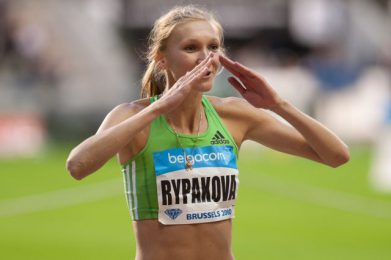
Kazakhstan was one of the former Soviet Republics which joined the Asian Athletics family after the disintegration of the USSR. Ace triple jumper Olga Rypakova was among the top names that the country produced. In 2012 she became the Olympic Champion in London. Four years later she collected a bronze medal in Rio de Janeiro. The Asian women also briefly held global marks in some technical events like pole vault and race walking. The emigrant athletes to Bahrain got some global medals in the recent past. However, it was the native Asians who prevailed at the World Arena most of the time. Especially East Asian athletes from China and Japan have constantly proved that women’s power played a major role in raising their country’s stature on the global stage.
Article By : Ram. Murali Krishnan
Comments are closed.

